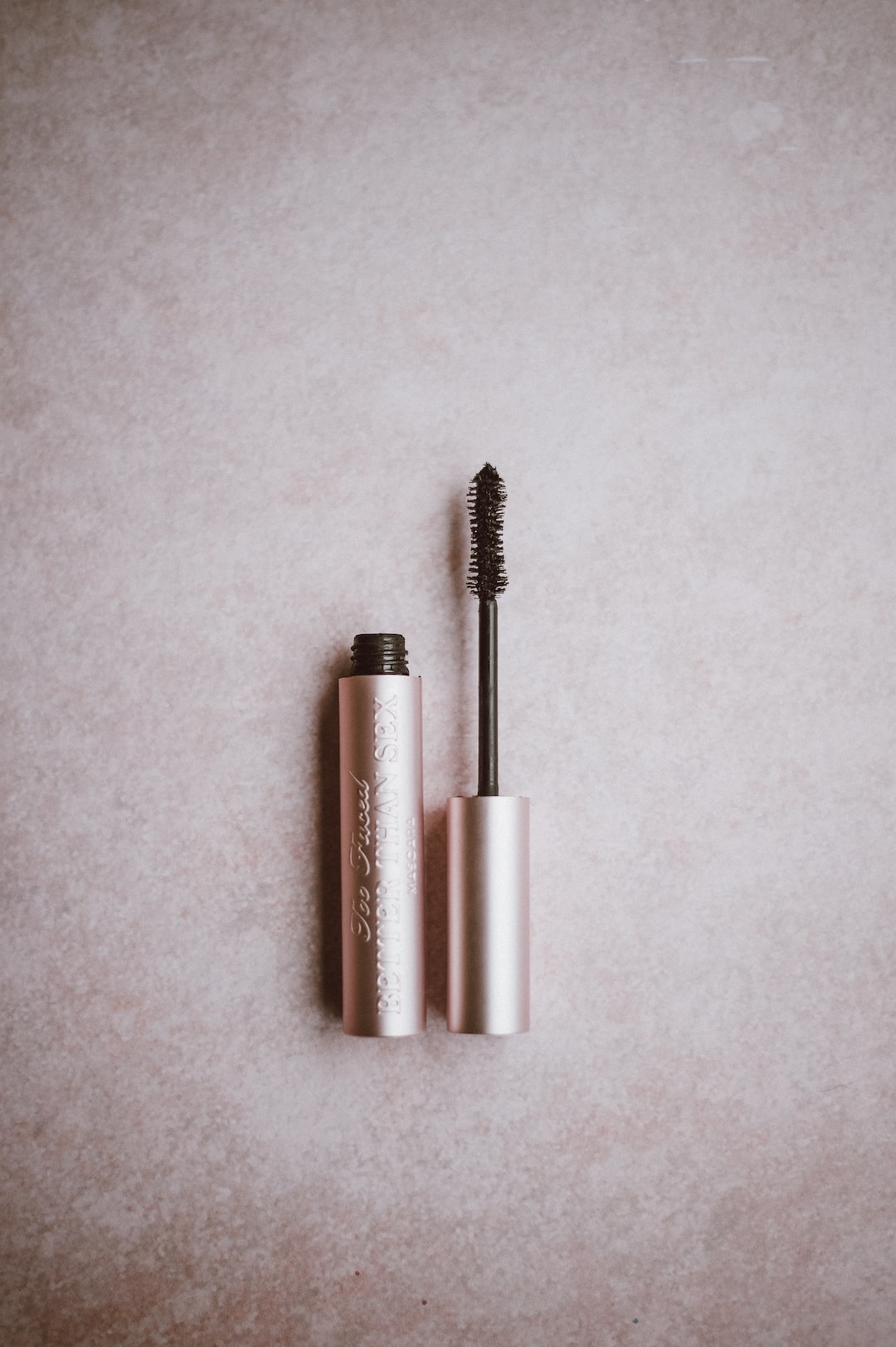The Evolution of Cosmetics Throughout History: From Ancient Times to Modern Trends
Cosmetics have played a significant role in human society since ancient times, evolving and adapting to the trends and needs of each era. From the simple beauty rituals of the ancient Egyptians to the complex and trend-driven routines of modern times, the history of cosmetics is a fascinating journey through human culture and self-expression.
Ancient Times: Beauty Rituals as Rituals of Worship
The use of cosmetics dates back to ancient civilizations, where cosmetic products served both practical and spiritual purposes. In ancient Egypt, for example, cosmetics were an integral part of daily life and were used by both men and women. Egyptians believed that beauty was not only a physical attribute but also a reflection of one’s spiritual well-being. They used kohl to define their eyes, henna to dye their hair, and perfumed oils to scent their bodies. The intricate art of makeup application and the selection of specific ingredients were seen as rituals of worship to the gods and goddesses.
Similarly, ancient civilizations like the Greeks and Romans used cosmetics as a symbol of status and societal rank. They employed powders, ointments, and even lead-based concoctions to enhance their appearance. The use of cosmetics was not restricted to individuals; it extended to theater performers as a means of transforming into characters and conveying emotions to the audience.
Middle Ages: The Decline and Burial of Cosmetics
With the rise of Christianity and the Middle Ages, the use of cosmetics declined. Cosmetics were associated with vanity, excess, and even sorcery, which clashed with the religious values of the time. The emphasis shifted from outward beauty to inner spiritual purity. Women were discouraged from using cosmetics, and those who did faced criticism and were often accused of witchcraft.
While cosmetics were shunned in mainstream society, they found a place in the court of royal families. The nobility continued to wear makeup, inspired by the fashion and aesthetics of the Elizabethan era and the Italian Renaissance. Pale skin, rosy cheeks, and red lips were considered highly fashionable, achieved through the use of lead-based white face powders and lip stains made from crushed insects.
Industrial Revolution: The Birth of Modern Cosmetics
The Industrial Revolution in the 18th and 19th centuries paved the way for significant advancements in cosmetic production. Scientists and entrepreneurs began experimenting with new ingredients and methods, leading to the birth of modern cosmetics.
The invention of synthetic dyes allowed for a broader range of colors in cosmetics, while the discovery of petroleum jelly led to the creation of versatile skincare products. The mass production of cosmetics made them more accessible to the general population, no longer limited to the elite.
The 20th Century: Beauty Redefined
The 20th century witnessed a revolution in the beauty industry, with new trends and innovations redefining the concept of cosmetics. The suffragette movement and the increasing assertiveness of women played a significant role in changing societal perceptions of cosmetics. Makeup was no longer seen as a tool of vanity but as a means of self-expression and empowerment.
In the early 1900s, the popularity of Hollywood and the emergence of film stars had a profound influence on beauty standards. Icons like Clara Bow and Greta Garbo set trends with their bold lip colors and smoky eye makeup. Coco Chanel, a pioneer in the fashion world, introduced minimalist makeup and popularized the idea of a “natural” look.
Throughout the 20th century, each decade brought its trends and products. The 1920s saw the rise of the flapper look, with dark smoky eyes, red lips, and bobbed hair. In the 1950s, the hourglass figure and a glamorous, feminine aesthetic dominated, reflected in the popularity of red lips and winged eyeliner.
The modern era: Diversity, Inclusivity, and Sustainability
In recent years, the beauty industry has undergone a significant transformation, prioritizing inclusivity, diversity, and sustainability. Consumers now demand products that cater to a wide range of skin tones and types, and they are increasingly aware of the environmental impact of their beauty routines.
Many brands have started to focus on using natural and organic ingredients, eliminating harmful chemicals, and adopting sustainable packaging practices. Moreover, the rise of social media has given a platform to countless beauty influencers who advocate for self-love, body positivity, and embracing one’s unique features.
The evolution of cosmetics throughout history reflects the ever-changing ideals and values of society. From religious rituals to royal excess, from societal stigmatization to empowerment, cosmetics have transcended mere aesthetic enhancements to become tools of self-expression and identity. As we move forward, it is essential to continue redefining beauty standards, embracing diversity, and ensuring sustainability in the beauty industry.

